You use special characters all the time. You know the names of some of them, and others you just call “that thing.” Special characters are those symbols and punctuation marks that fall outside of the alphabet.
Special characters serve a purpose—think of em-dash, en-dash, comma, ampersand, umlaut, percent, etc. Special characters don’t usually have a sound, like letters, but instead a name or a meaning.
Origin of special characters

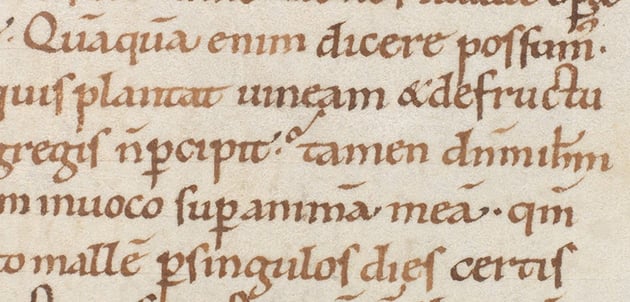
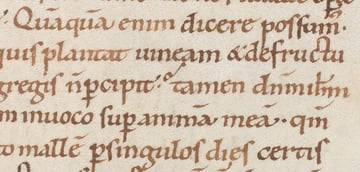
Special characters originated in Ancient Greece around the 3rd century to help clarify the meaning of written text. The first three special characters used were the comma, colon, and period, indicating pauses and breaks in sentences. Later on, during the Medieval Ages, scribes added other punctuation marks to add a certain structure or tone, mark dialogue, and provide additional information. This is where question marks, exclamation marks, quotation marks, and parentheses emerged.
The ampersand (&) originated in Rome from the Latin et, meaning “and”. It evolved from fast writing and eventually became its own character. Mathematicians also used shorthand—for example, the plus sign (+) is also a simplified version of the Latin et.
The evolution of printing made the use of special characters more consistent, especially basic ones like periods, commas, and dashes. Currency symbols became popular with the expansion of global trading. Typewriters came in the late 19th century and included a specific number of symbols on their keyboards.
The digital age helped expand the use of special characters widely. Coding in Java and Python can’t be done without semicolons, brackets, and braces. The @ symbol is now used to separate usernames from domain names. Social media popularized the use of the # symbol (a.k.a. hash, pound, or hashtag).
Why are special characters important? Special characters are used for emphasis and to structure written language. When the content is clear, it’s easier to understand. Without special characters, we would read sentences without stopping, and reading comprehension would be compromised. When it comes to mathematics, special characters are key for accurate representation of complex concepts and formulas. In languages like Spanish or French, accented characters are essential for getting the correct pronunciation and meaning.
Examples of special characters
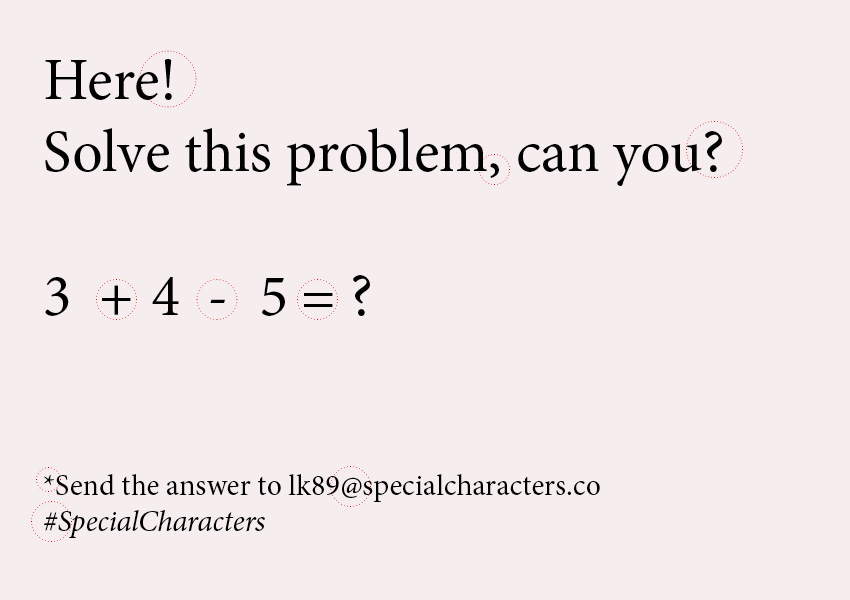


The evolution of special characters is a fascinating process. They all have little back stories that are worth reading. Let’s take a look at how some of these special characters came to be:
Punctuation marks
- Period (.): The period, also known as full stop, originated in Ancient Greece. A librarian introduced a system of dots to mark pauses since many texts were read out loud. There were three dots: the high dot to indicate a long pause, the middle dot to indicate a medium pause, and the low dot to indicate a short pause. The low dot eventually evolved into the full stop to indicate the end of a sentence.
- Comma (,): Similar to the full stop or period, the comma evolved from the dot system to indicate a short pause. The word comes from komma meaning “a piece cut off”. The use of the comma became more consistent during the printing revolution in the 15th century, and now it’s used to clarify structure, indicate pauses, or name items in a list.
- Exclamation mark (!): The use of the exclamation point started around the 14th century. The symbol was used for emphasis and to express strong emotion. These days, it’s also used for urgency and to get attention. The Latin word io means “joy” or “exclamation”. The exclamation mark evolved from io to what we know today, a vertical line with a dot underneath.
- Question mark (?): In old manuscripts, a sentence was ‘flagged’ with a tilde (~) to signify intonation at the end of a sentence. It’s believed that the question mark has its origins in the Latin word quaestio, which means “question”. It was shortened to Qo and gradually evolved into what we now know as the question mark.
Mathematical symbols
- Plus (+): Like the ampersand, the plus sign has its origins in the word et, meaning “and”. During the Middle Ages, mathematicians started to use the simplified symbol to indicate numerical calculations.
- Minus (−): Along with the plus sign, the minus sign appeared in the Middle Ages to denote subtraction. Mathematicians preferred easy symbols for quick identification.
- Equal (=): The words “equal to” were used in mathematical formulas until the mid-1550s, when a mathematician introduced the equal sign to represent equality. Robert Recorde, the mathematician who came up with this symbol, said, “No two things can be more equal than a pair of parallel lines.” It took some time for people to adopt the symbol, but now it’s instantly recognizable.
Other symbols
- Asterisk (*): The asterisk has been used since Ancient Greece to denote important text, footnotes, and corrections. The name comes from the Greek word asteriskos, which means “little star”. By the 15th century, the asterisk had become popular and commonly used. These days, it’s used for emphasis in formal and informal writing.
- At symbol (@): We may be using the @ symbol more since the start of the internet, but this symbol dates back to the Middle Ages. Scribes used the word ad, meaning “at” or “toward”, to indicate quantity in financial transactions. In the 1970s, Ray Tomlinson, a computer engineer, selected the @ symbol to separate usernames from domains.
- Hash/pound (#): We know this symbol as the hashtag thanks to social media, but it originated in the 14th century. It used to be a short form of libra pondo, meaning “pound in weight”. Scribes used to shorten libra to lb and add a crossbar at the top, and eventually the crossbar turned into what we now know as the hashtag.
Where to find special characters in InDesign
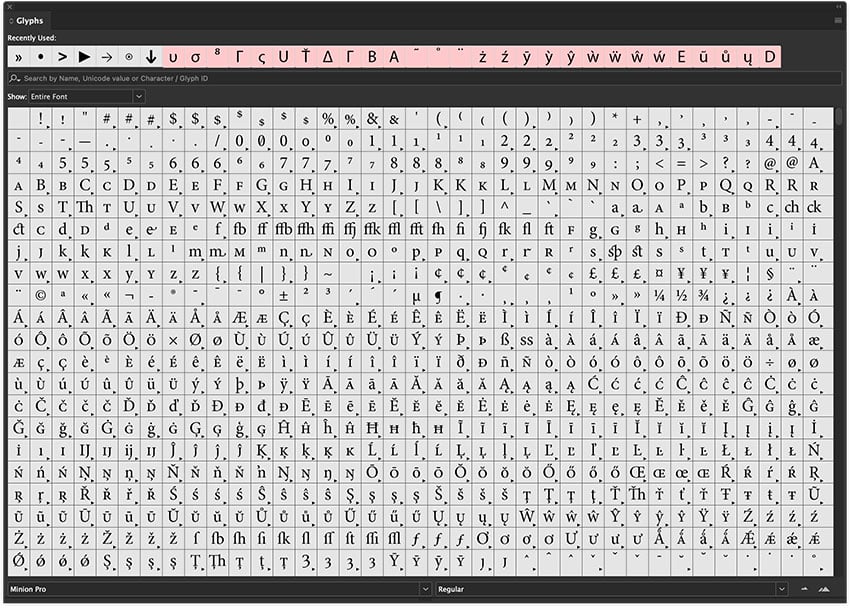
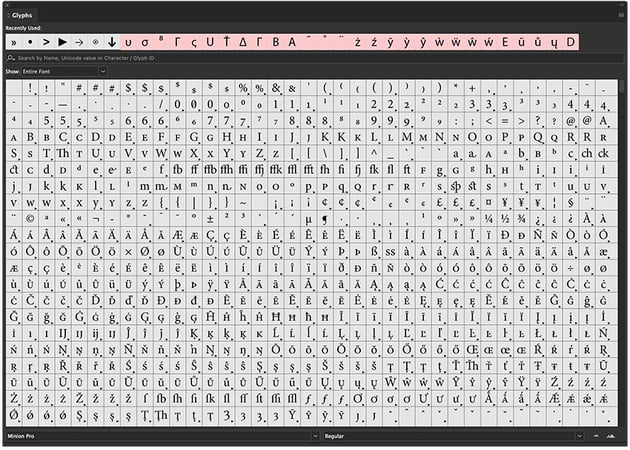
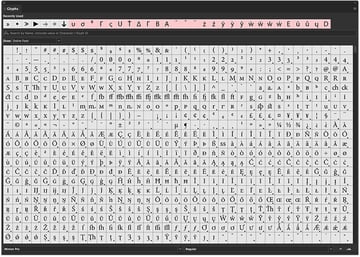
Adobe InDesign is the chosen software when it comes to working with large amounts of text. You’ll probably be using special characters if you’re working on a big publication, like typesetting a book, magazine, or report.
To access the special characters using the Glyphs panel, open InDesign and create a new document. Head over to Window > Type & Tables > Glyphs. This will open the Glyphs panel, showing all the characters, symbols, and special characters that are available for the specific font you’re working with. To insert a character into your text, simply double-click on it.
Are emojis special characters?
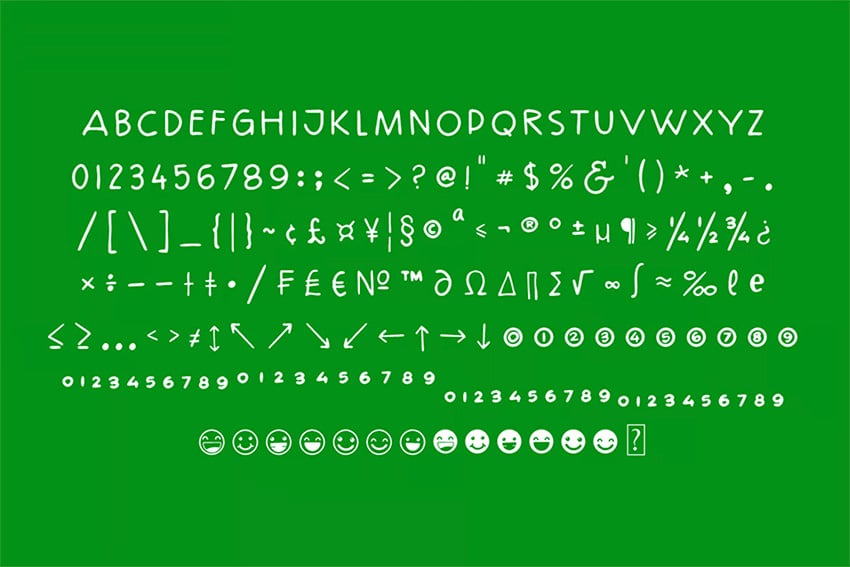

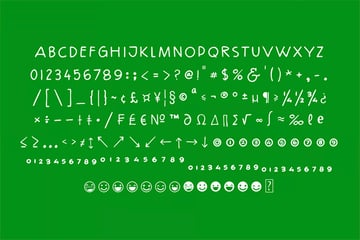
If we consider the meaning of special characters, then yes, we could say that emojis are special characters. At the beginning of this article, we said that special characters have a specific purpose and are often used to convey tone, emotion, and structure. While emojis are informal and are more graphical than traditional ‘special characters,’ emojis serve a very specific role and help deliver a message.
Emojis have their origin in the 1990s, when the happy face :) and sad face :-( were used to portray basic emotions in digital text. The first set of emojis was designed by Shigetaka Kurita, and it included emojis inspired by street signs, manga, and forecasts. The integration of emojis into the Unicode language, a digital language used on different platforms and operating systems, allowed the globalization of these symbols. Emojis have evolved to include different genders, skin tones, and cultural groups to express emotion beyond written text.
Common special character mistakes and best practices
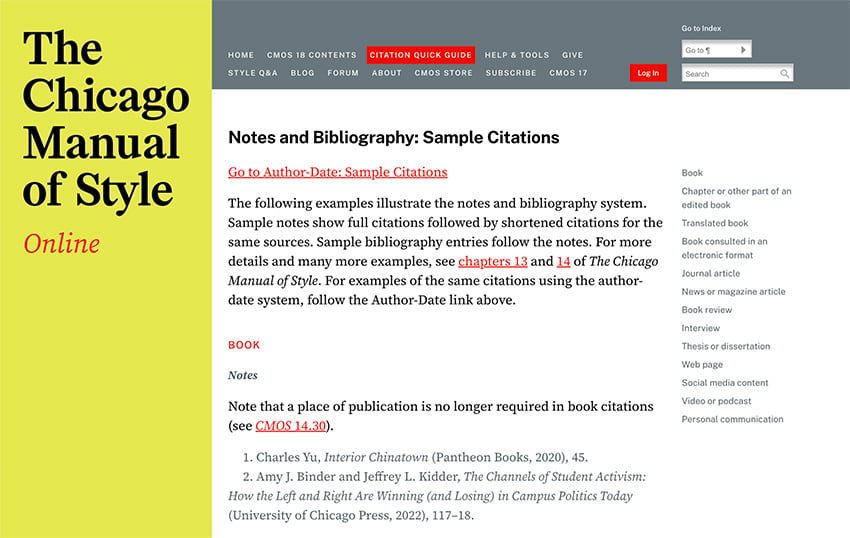

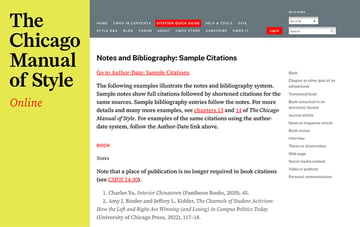
Special characters are a powerful tool to enhance, clarify, and structure language. If we misunderstand a character’s purpose and misuse it, we can compromise meaning. The application of special characters like hyphen, en-dash, and em-dash is often confused. For instance, a hyphen is used for words, an en-dash for ranges or connections (1–2 years, or London–New York flight), and an em-dash is used to offset particular phrases.
Ampersand and “and” are often misused in formal text. In formal writing, it’s best to use “and”, while an ampersand is best used in creative contexts or company names, like Dolce & Gabbana. Emojis are best used in informal communication, social media, or other contexts where they align with the purpose/tone.
To avoid misusing special characters, keep in mind the purpose of the text. Pay attention to the nuances of special characters, and apply them where necessary. Be consistent in the tone and style of your communication to ensure clarity, professionalism, and structure. And last, be sure to follow a specific style guide like the Chicago Manual of Style for formal writing.
How to use special characters creatively
While there are proper and formal ways to use special characters for clarity, we can still get creative, especially in informal contexts. It is possible to add personality and visual interest to designs with these symbols.
- To add even more emphasis, you can use special characters with bold, or oversize them.
- Repeat the same symbol multiple times, like this!!!!!!
- Expressive dashes, like em-dashes, can help to visually separate elements.
- Use special characters as a way of shortening—instead of “you and I”, you could use “you + I”.
Fonts with creatively designed special characters
I’ve compiled a list of some fonts that have creatively designed special characters. These can be used in text copy or as display fonts. Let’s take a look at some useful options:
Brutal Milk No 3

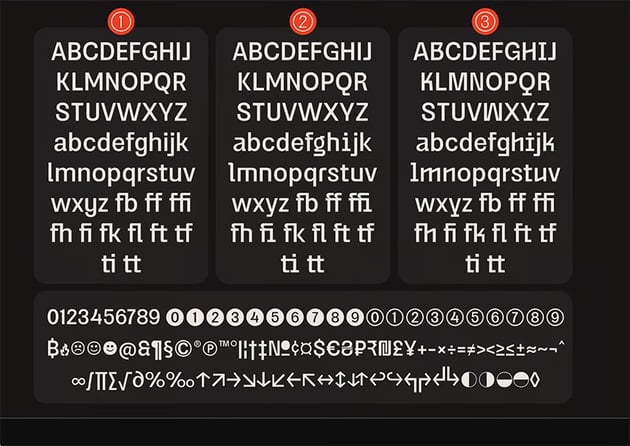
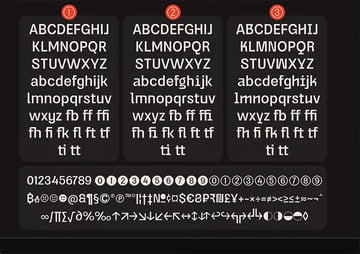
This grotesque sans serif is sophisticated and perfect for projects that are linked to technology and innovation. The special characters in this font match the design. Some fonts tend to use generic versions of special characters, but that’s not the case here—the special characters match the angles and vibe of the font.
Nexusbold
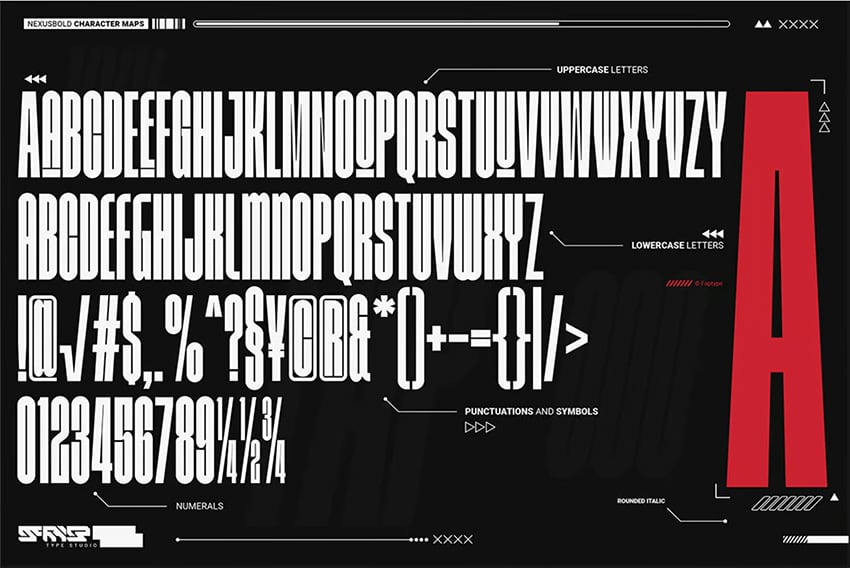


If you’re looking for something more on the display side, Nexusbold is perfect. The special characters are tall and perfectly designed. If you’re looking for a font that fits a brand or want to create technology mockups, Nexusbold is expertly designed and functional.
Gifka
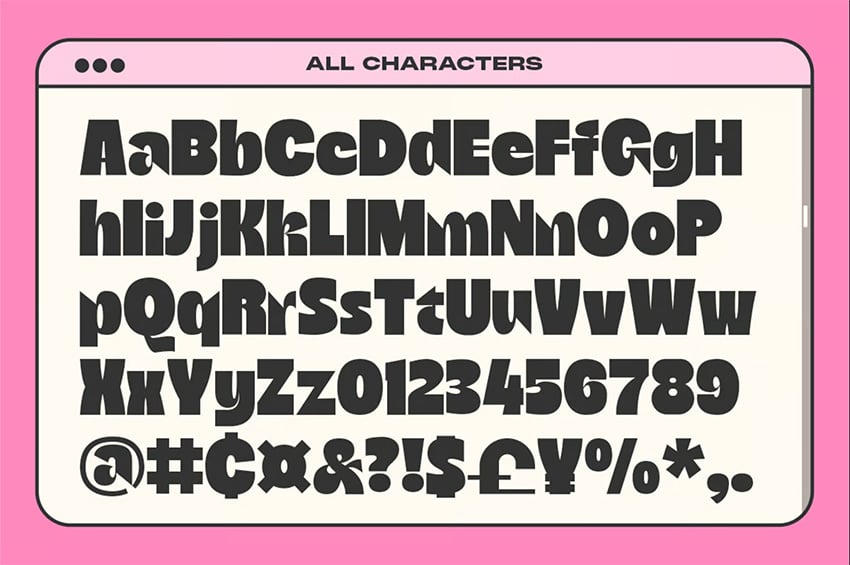

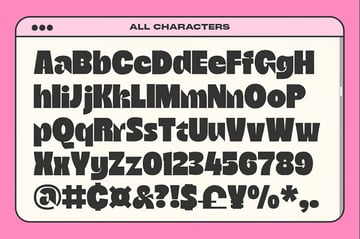
Gifka brings an energetic vibe to a design piece. Add a special touch with this unique style of font. The special characters here are just as bubbly and fun as the normal letters. Use this vibrant font on a poster or a brand project.
Etnier
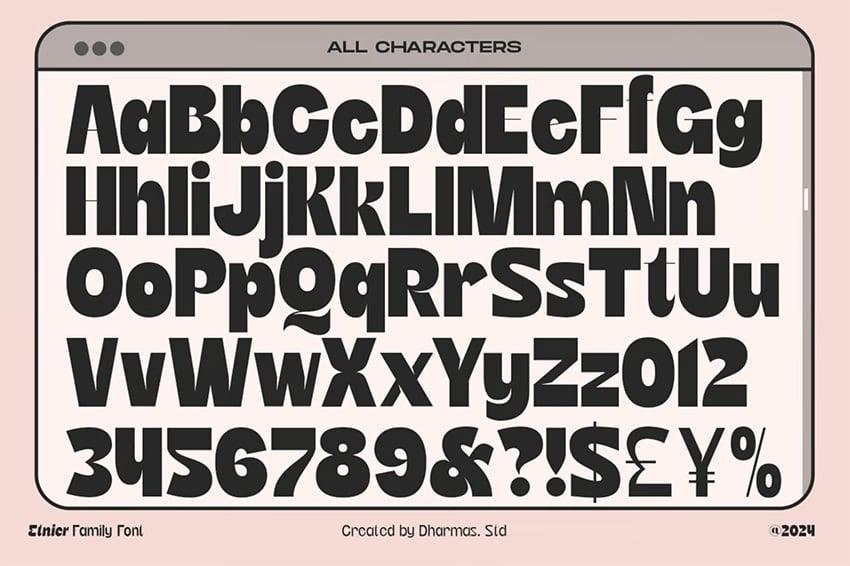
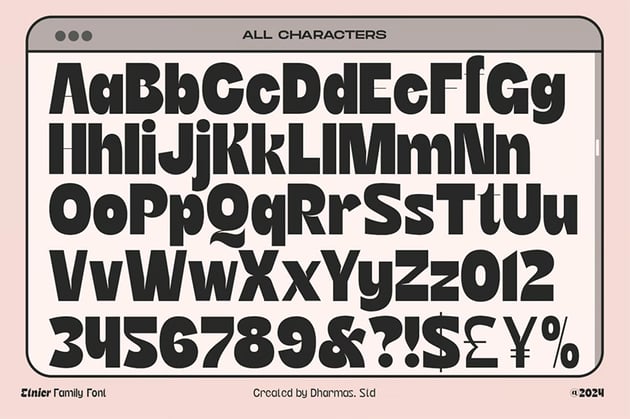

This modern and squarish font doesn’t compromise legibility. With versatile and bold characters, the ampersand is my favorite of the bunch. It has that quirky factor that instantly adds a fun and cool vibe to any design piece. Use this strong font in UI/UX or for poster designs and branding.
Neigh
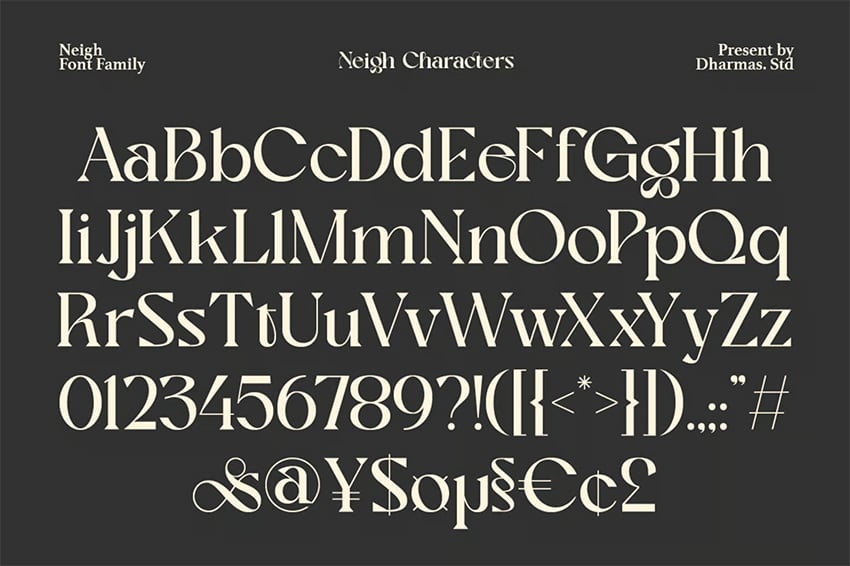
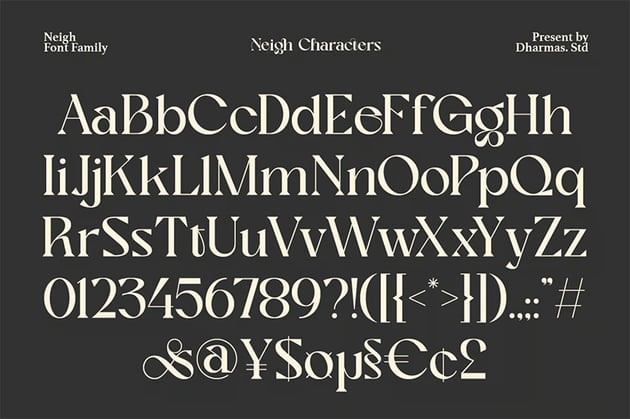
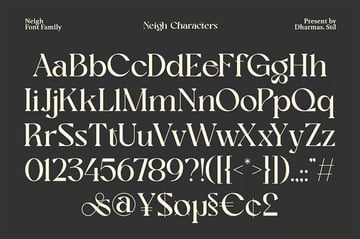
If you’re looking for something with more flourishes and want to go the elegant route, Neigh fits the bill. This fancy font inspired by vintage swirls can create a romantic look. With its beautiful ligatures and elegant special characters, it’s perfect for a wedding invitation or a poster.
Conclusion
Special characters are essential in almost every form of communication. Without these characters, the clarity, structure, and precision of our text would be compromised. We wouldn’t be able to represent complex formulas or vary the tone of our text.
Next time you read any type of text, be it a book or an Instagram post, be sure to pay attention to these little symbols that are often overlooked but are so important for communication. If you want to learn more about typography, you might like these articles: